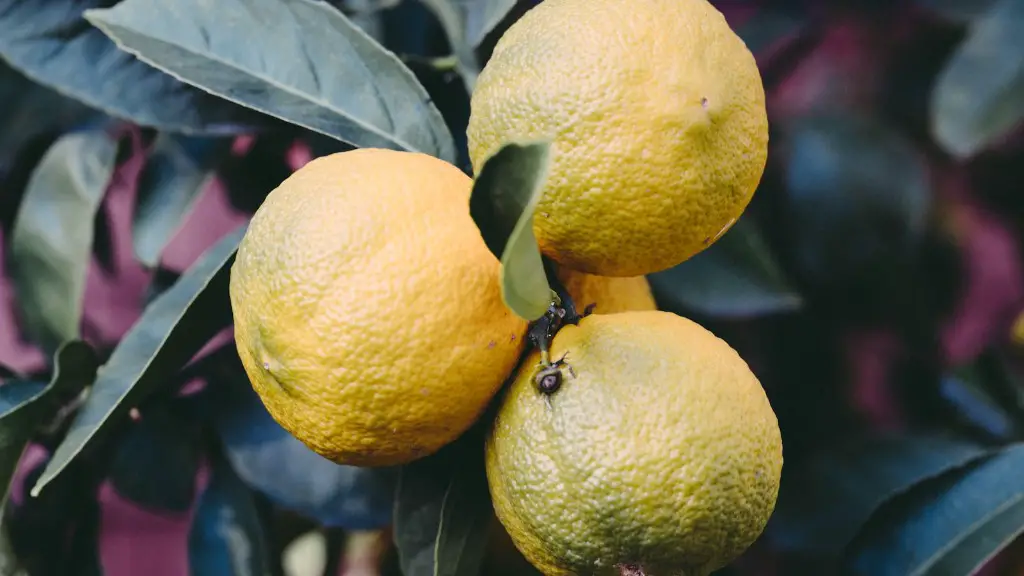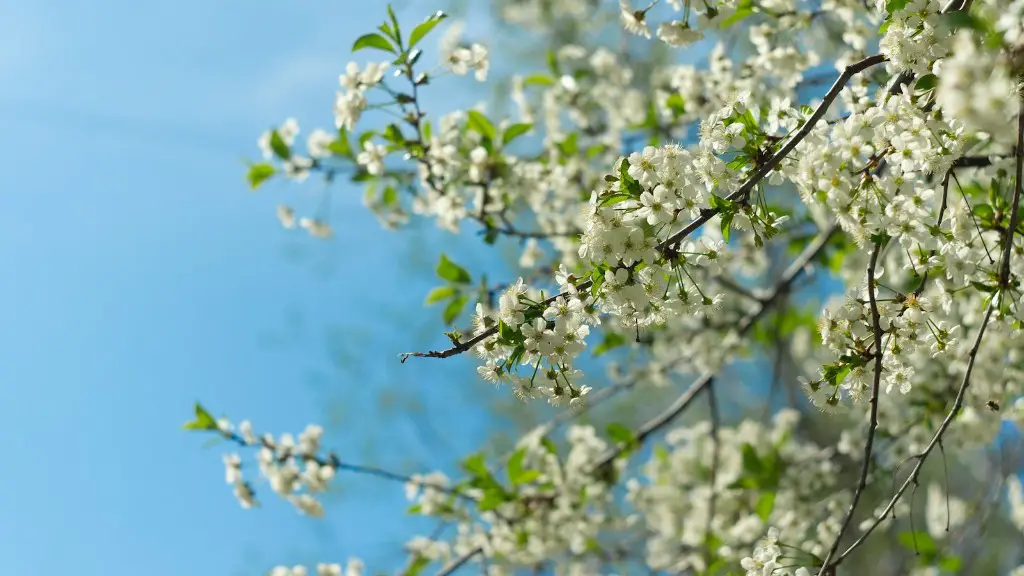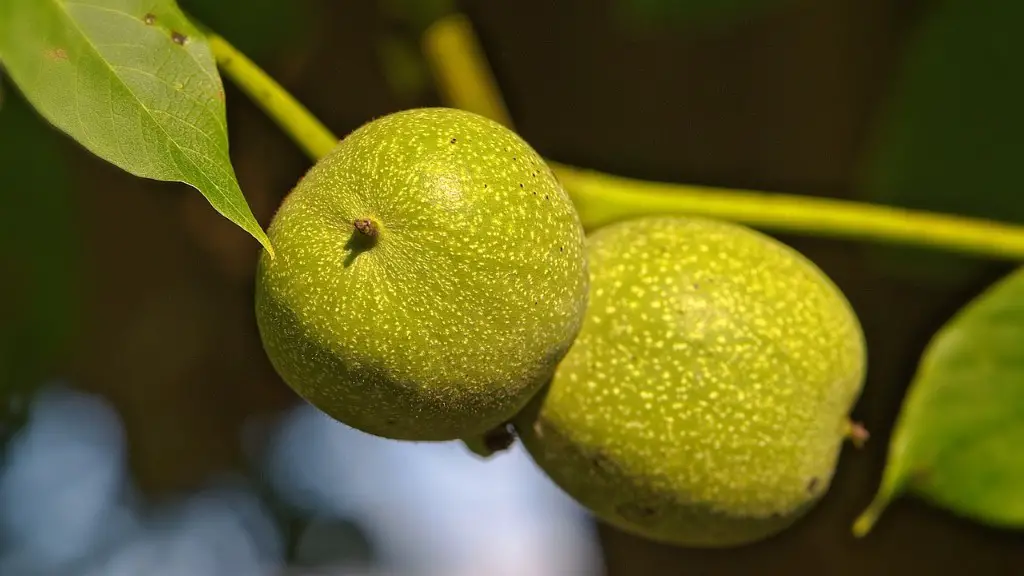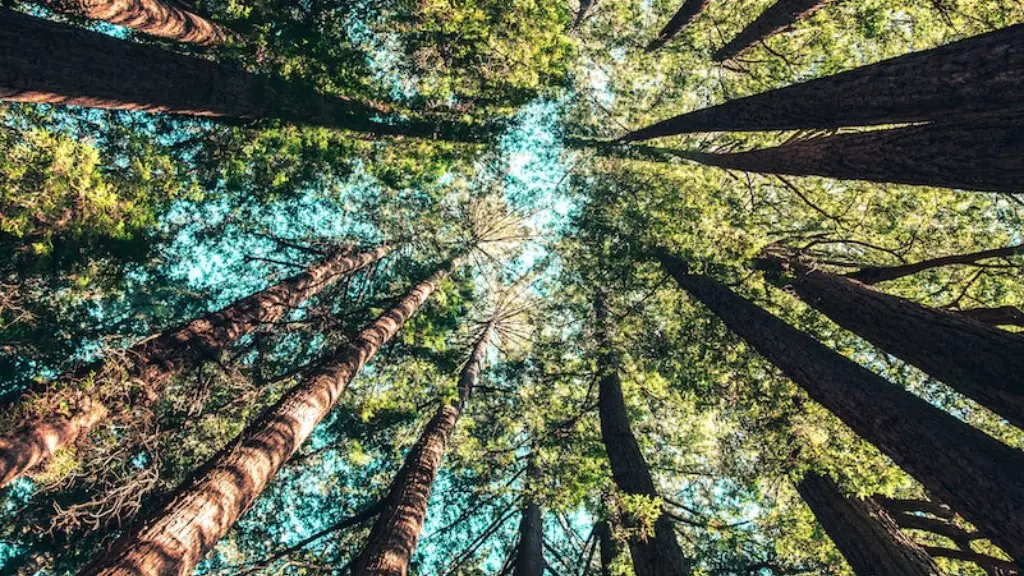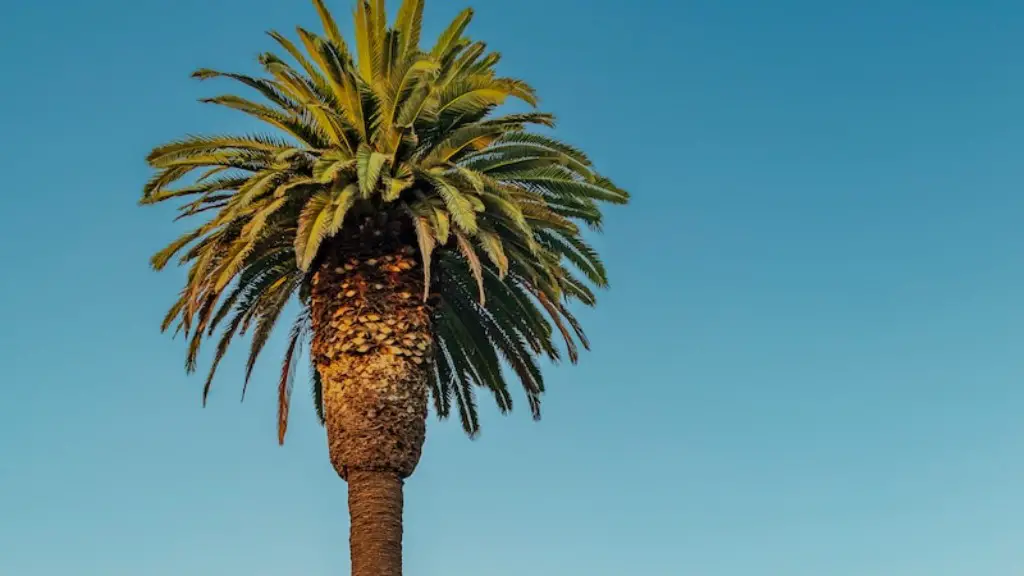Meyer lemon trees may be small, but they’re tough. Some gardeners are surprised by their cold hardy nature, so much so that they can endure temperatures down to 25 degrees F without suffering any significant damage. Meyer lemon trees can be grown as potted plants indoors or in micro-climates and if certain considerations are taken into account, they can be grown in areas with colder winters.
Generous pruning of the trees along with the strategic placement of winter protection such as frost cloth, fabric, and various wrap-ups can help preserve the trees during freezes and frosts. If the trees are kept warm with the use of a heat source, such as a small space heater or Christmas lights, further protection from the cold can be attained. If a freeze or frost occurs, it may be worth it to lightly sprinkle or mist the tree with water, as this can help to raise the temperature of the tree by a few degrees and prevent damage.
Trimming the tree is also important for cold hardiness as it helps to reduce the amount of tissue that icy winds can damage. The branches should be trimmed equally and do not be afraid to trim off branches that are too close together or that are unbalanced in placement. Pruning should not be done too late in the season, as any new growth could be damaged by cold winter weather. The same goes for fertilizing, as new growth is more vulnerable to cold damage.
In Winter, protecting the Meyer lemon tree from cold winds, especially if it is located in an exposed area, can be quite helpful. One option is to drape the trees with old blankets and place stakes around its perimeter. Instead of burying the stakes in the ground, consider affixing them onto a piece of plywood to create a better barrier against the wind. Keep in mind that if the plywood is metal, it will certainly be a conductor of coldness.
When the temperatures do begin to drop in the Winter months, taking precautions is key to keeping your Meyer lemon tree in tip-top shape. Insulating the soil around the root zone of the tree is a great way to protect the roots against cold winter weather. A 6 inch layer of mulch or straw will keep the temperature of the ground several degrees warmer and help preserve moisture in the root zone of the tree.
Pruning
Pruning is an important way to help make your Meyer lemon tree cold hardy in the Winter months. Pruning helps to reduce the amount of exposed foliage that can be damaged by frost and snow. Trimming the tree will also help to maintain its shape and keep it manageable. It’s recommended to prune the tree in mid-spring, as this will help encourage more rapid growth in the Summer months, which can help protect your tree against cooler temperatures in the Fall and Winter.
When pruning, use sharp, clean pruning shears to prevent any damage to the tree. Start by removing dead, diseased, and damaged branches and twigs. Begin by pruning the center of the tree, to reduce the amount of shading inside the canopy. Then select branches that are too close together or that seem to hinder the growth of other branches, as these are the most likely to suffer damage in a freeze or snowfall.
After this, prune branches that go straight outward, as these will provide more space inside the canopy and sunlight to the branches below. Finally, focus on the outermost branches that tend to grow up and outward, as these will be the most vulnerable and prone to damage. Again, try to create more space inside the canopy, to ensure that sunlight and air can get to all of the branches, and also reduce shading.
Fertilizing
Meyer lemon trees require regular fertilizing in order to remain healthy and cold hardy. Fertilizing the tree will help to supply the tree with necessary nutrients, which will help it to be best prepared to endure cold winters. It’s recommended to fertilize the tree once a month in the summer, with a fertilizer formulated for citrus trees. When fertilizing in the fall and winter months, it’s best to ease down so as not to promote new growth, which is more vulnerable to cold damage.
For those with general purpose fertilizers in their shed, it’s important to look at the ingredients. While nitrogen is beneficial for most varieties of lemon tree and promotes growth, it should be avoided in the winter months. Phosphorus, potash and trace minerals, such as zinc and iron, are important macro nutrients and, if available, are recommended for Meyer lemon trees in all seasons.
Additional trace elements and micro-nutrients may also vastly improve the health and cold hardiness of the tree. In addition, a good quality compost and aged manure can also add necessary nutrients to the soil. The application of fertilizer should be done in moderation and adjusted according to the tree’s growth and condition.
Winter Protection
The placement of winter protection is another way to protect your Meyer lemon tree from cold temperatures. Frost cloth, wooden frames, makeshift greenhouses, and other innovations available at most garden centers are great options. The protection should be placed at least a few inches away from the tree itself in order to keep it warm but not too warm.
Enclosures such as greenhouses and temporary structures can only increase the temperature of the Meyer lemon tree’s environment by a few degrees, so it’s still important to consider other sources of winter protection, such as mulch, fabric, and the strategic placement of containers.
If mulch is available and easy to acquire, it should be used around the Meyer lemon tree’s root zone, in order to insulate from chilly temperatures. If mulch is not available, straw can be put in place, as this will help to insulate the tree just as well. Other items such as old blankets can be used to block chilly winds or to create a thermal layer in front of the tree.
Heat Sources
For extra protection against the cold, a heat source can be utilized to keep the Meyer lemon tree a few degrees warmer during frosts or freezes. Christmas lights, light bulbs or heat lamps, or even small space heaters are some options available. If a space heater is being used, ensure it is placed away from the tree and has a thermostat so that it automatically turns off when the temperature reaches a certain level.
In the coldest winter areas, a more dedicated source of heat, such as an insulated greenhouse, is recommended. In lieu of a permanent structure, it may be better to pursue smaller, less expensive solutions such as using wall-mounted electric space heaters, rather than large, expensive heaters that require ventilation and are simply too costly for the average gardener.
Lastly, it may be worth it to lightly mist the tree with water if a freeze or frost is forecasted for the evening. This will help to raise the temperature around the tree’s foliage by a few degrees, but ensure that all water is drained off of the tree, as standing water can do just as much damage as frost and snow.
Location Factors
In order to make the most of their Meyer lemon tree’s cold hardiness, gardeners need to pay attention to their tree’s location. If the tree is in an area that gets a lot of sun, it will heat up quicker and be better insulated during chilly winter weather.
Similarly, if the tree is in an exposed location, such as on the corner of a property, it will be more exposed to breezes and cold weather. If this is the case, give the tree additional sources of winter protection.
Lastly, it’s important to keep an eye on the surrounding environment. Some areas simply get more snow or have more extreme temperatures than others, so gardeners should be mindful of their Meyer lemon tree’s placement and adjust their winter protection and cold hardiness plans accordingly.
